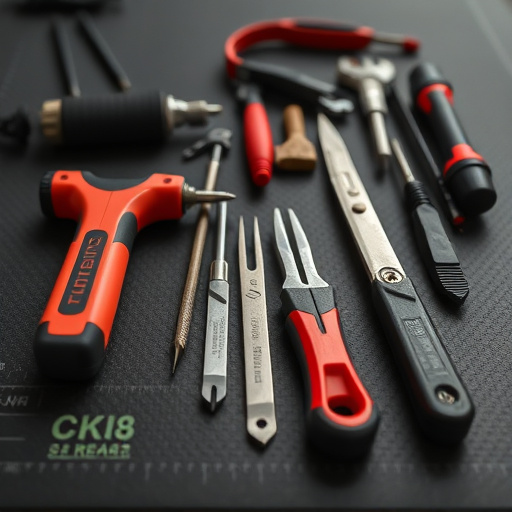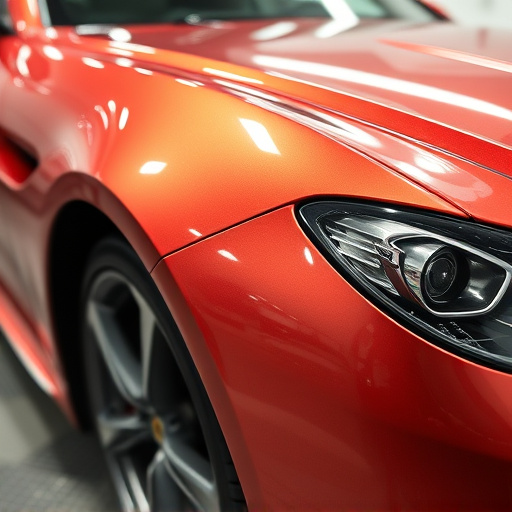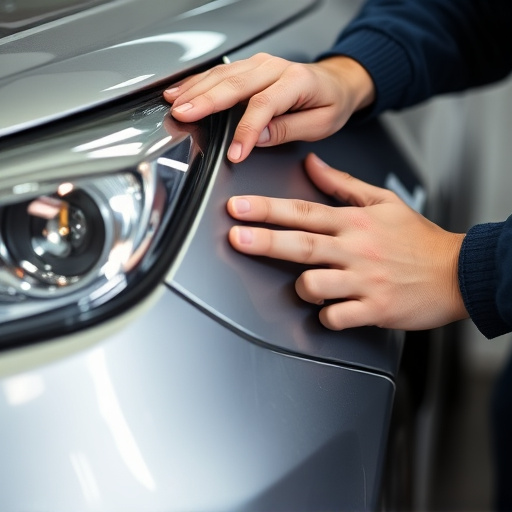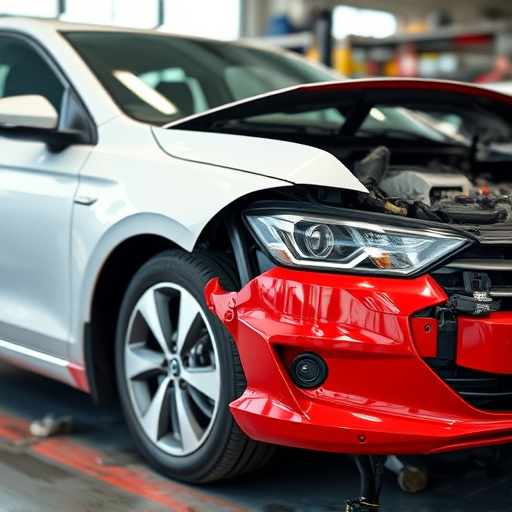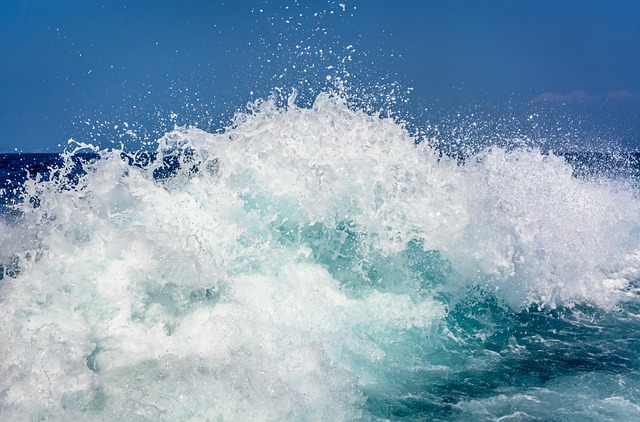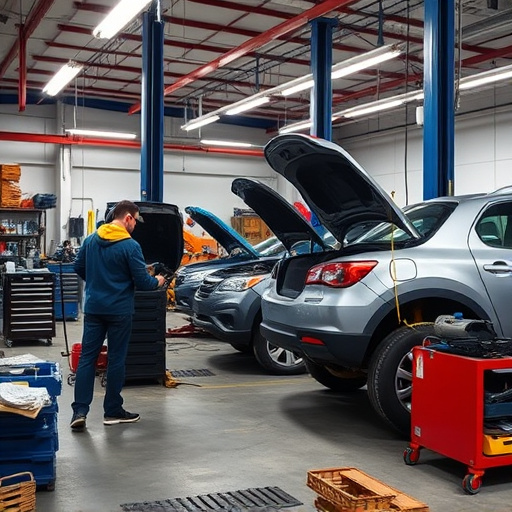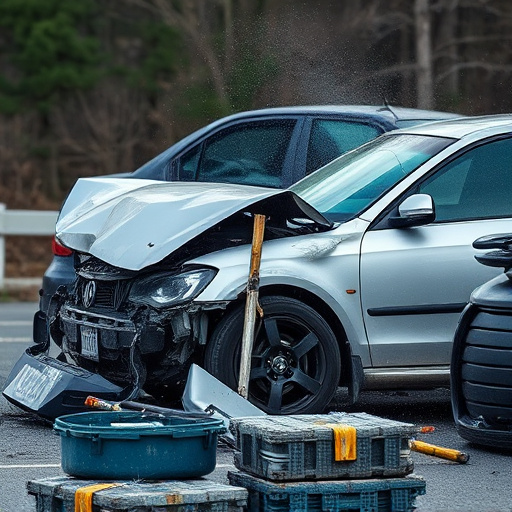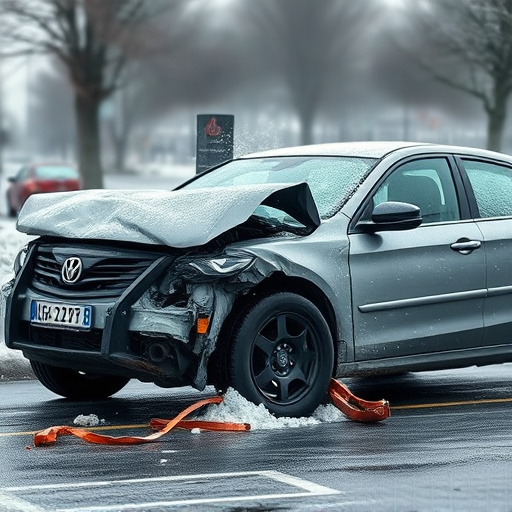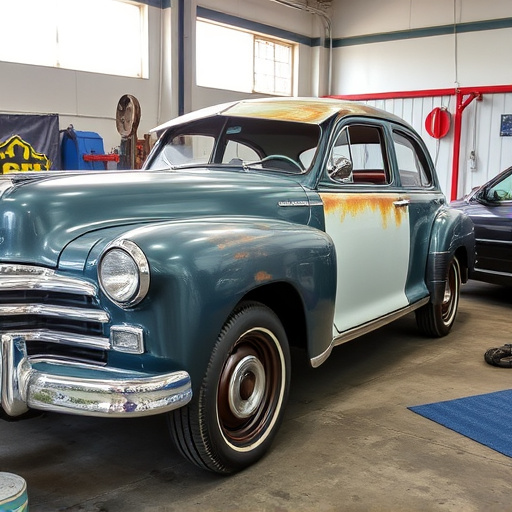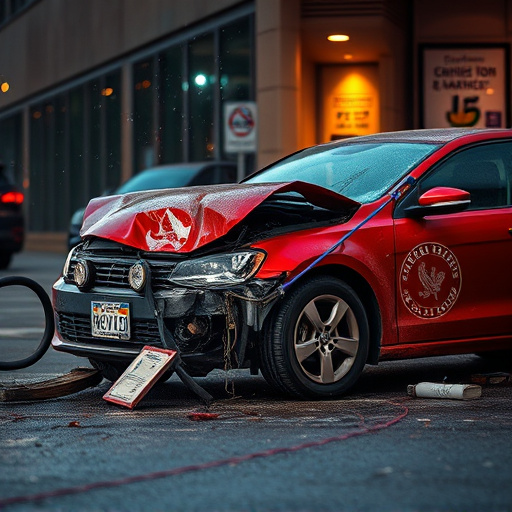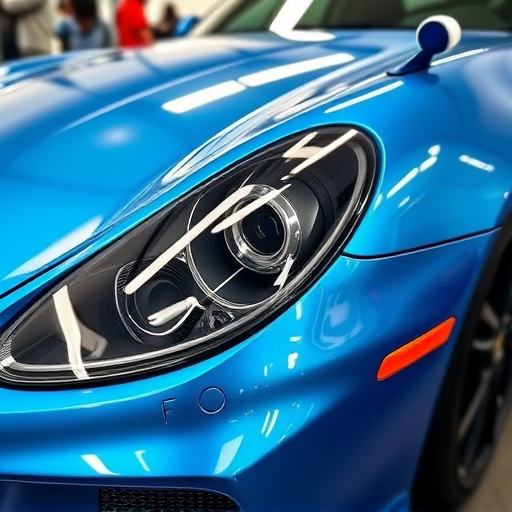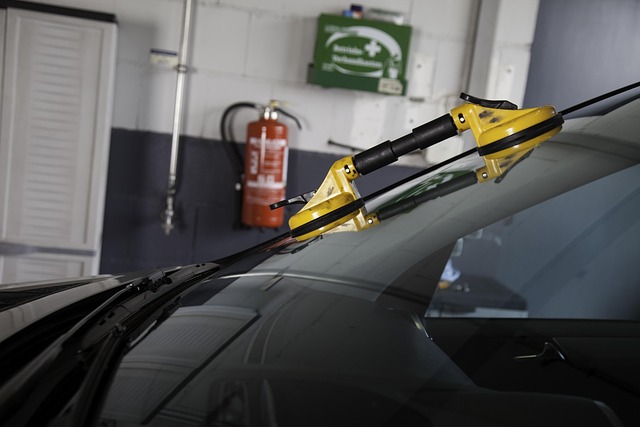Water-based paint collision repair offers an eco-friendly and efficient solution for minor automotive damage, with quick drying times, reduced odor, superior coverage, and a durable, glossy finish. Drying times are significantly faster than oil-based paints due to lower Volatile Organic Compound (VOC) content, averaging 20 minutes touch-dry and fully curing within hours. Critical factors influencing drying time include temperature, humidity, surface preparation, coat thickness, and paint type.
In the realm of automotive collision repair, choosing the right painting method is paramount for quality and efficiency. This article delves into the world of water-based paint collision repair, specifically comparing drying times between various techniques. Understanding these timelines is crucial for technicians to optimize their workflow and ensure top-notch repairs. By analyzing factors influencing dry times, we aim to equip professionals with insights that can revolutionize their painting processes, catering to today’s demanding industry standards in water-based paint collision repair.
- Understanding Water-Based Paint Collision Repair Methods
- Drying Times: A Comparative Analysis
- Factors Influencing Paint Dry Times in Collision Repair
Understanding Water-Based Paint Collision Repair Methods

Water-based paint collision repair methods have gained popularity in the automotive industry due to their environmental friendliness and quick drying times. Unlike traditional solvent-based paints, water-based paints use water as a carrier instead of toxic chemicals, making them safer for both technicians and the environment. These innovative techniques are now commonly used for vehicle paint repair, dent repair, and car restoration, offering numerous benefits such as reduced odor, faster drying, and superior coverage.
The process involves applying a thin layer of water-based paint over damaged areas, allowing it to dry quickly. This method is particularly effective for minor dents, scratches, and small areas needing touch-ups. Once dry, the paint forms a durable, glossy finish that seamlessly blends with the vehicle’s original color. Understanding these water-based paint collision repair methods is crucial for car owners looking to restore their vehicles’ aesthetic appeal while minimizing environmental impact.
Drying Times: A Comparative Analysis
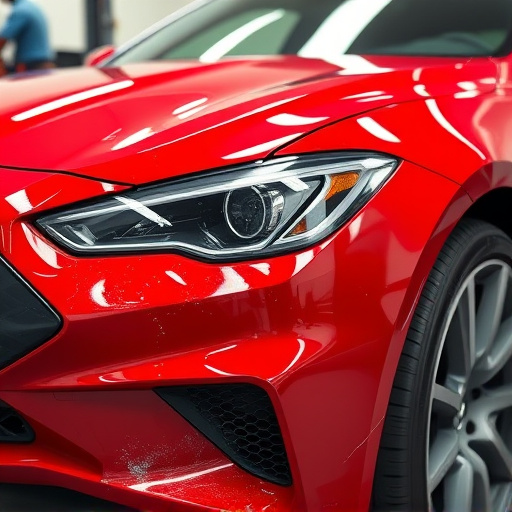
When it comes to water-based paint collision repair methods, drying times play a crucial role in the overall efficiency and effectiveness of the process. These timelines can vary significantly depending on several factors such as temperature, humidity, and the specific type of water-based paint used. In automotive collision repair centers, where time is money, understanding these variations is essential for effective scheduling and customer satisfaction.
A notable difference lies between traditional oil-based paints and modern water-based alternatives. Water-based paints, known for their environmental friendliness and quick drying times, can often cure to touch in as little as 20 minutes and fully dry within a few hours. This rapid drying is attributed to the lower VOC (Volatile Organic Compound) content and faster evaporation rate of water compared to solvents. Conversely, oil-based paints typically require longer drying periods, usually ranging from several hours to even overnight, depending on the thickness of the coat and environmental conditions. This comparison highlights the advantages of water-based paint in collision repair, especially for those looking to streamline their car bodywork restoration process at a collision repair center.
Factors Influencing Paint Dry Times in Collision Repair
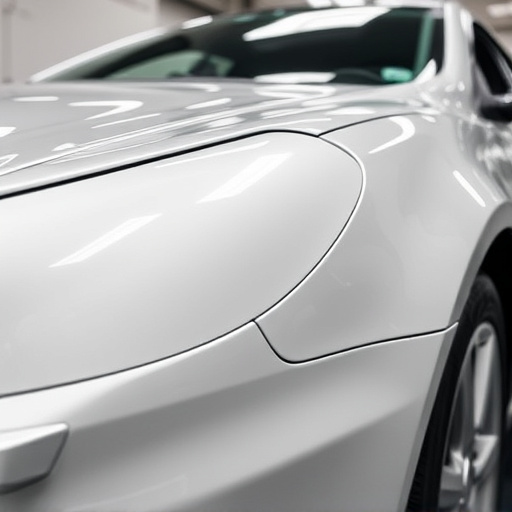
Several factors significantly influence the drying times of water-based paint used in collision repair, a critical aspect for any automotive body shop aiming for efficient auto maintenance and restoration. Temperature plays a pivotal role; higher temperatures accelerate the drying process, making it faster but potentially impacting the paint’s quality. Humidity acts as another key variable; lower humidity levels expedite drying, whereas higher humidity can prolong the time required for water-based paint to cure.
The surface preparation method used before applying water-based paint is also essential. Thoroughly cleaning and preparing the damaged area ensures better adhesion and faster drying times. Additionally, the thickness of the paint coat and the specific type of water-based paint used can vary drying durations. Thicker coats generally take longer to dry, while specialized automotive body shop paints might have unique formulations designed for quicker curing times, enhancing overall efficiency in dent removal and repair processes.
In comparing drying times across various water-based paint collision repair methods, it’s evident that each technique offers unique advantages. Faster drying options, like air drying and certain accelerated curing systems, streamline the repair process, while traditional methods provide superior color match and durability. Understanding the factors influencing dry times – such as temperature, humidity, and paint composition – is key to selecting the most efficient and effective approach for specific collision repair scenarios. Embracing water-based paint technologies allows auto body shops to enhance their service offerings, cater to environmental concerns, and ultimately deliver high-quality repairs with reduced turnaround times.
